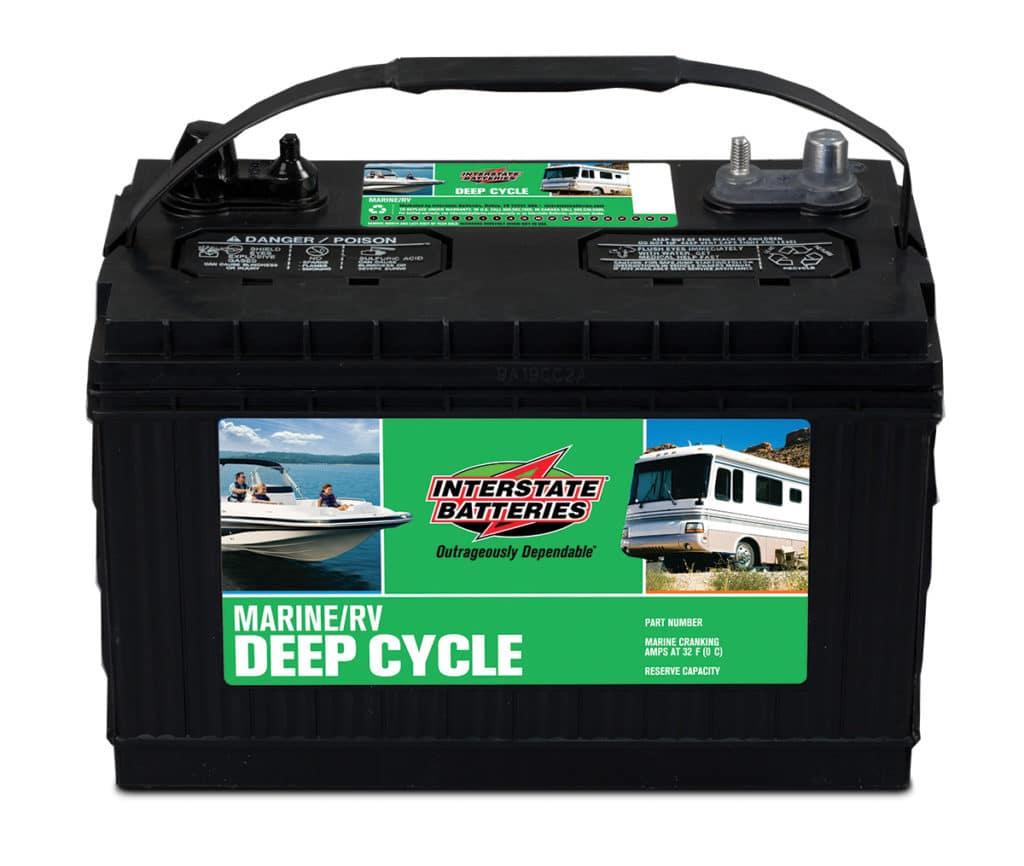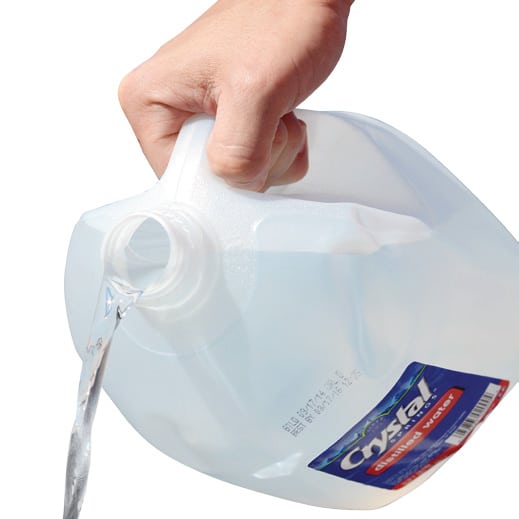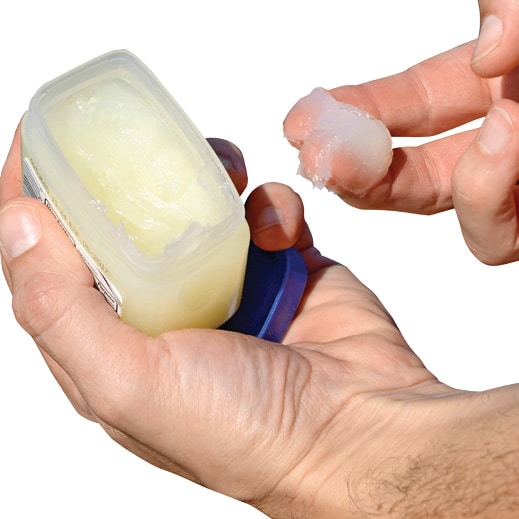




Boats depend upon batteries more so now than they ever did. In addition to their main function as an energy source to turn the starter motor and start the engines, batteries run a host of accessories and onboard appliances. Use these tips to better care for your boat’s batteries.
1. Clean terminals and the case with a paste made from baking soda to neutralize any acid. More than one battery has died because the grease and acid film across the case became conductible and connected the two terminals.
2. Fill cells of flooded electrolyte (“conventional” batteries) with distilled water if they are empty or low. Tap water may contain minerals that can have a deleterious effect on the internal plates. Distilled water can be purchased at a pharmacy — or sourced for free from your dehumidifier’s condensate collector tray.
3. Make sure the positive terminal of the battery is covered. The most common way to achieve this is with a “boot” that can be purchased from retailers for a nominal amount. The boot prevents sparks and arcing and possible explosion if, for instance, a tool is dropped on it. This is why we recommend a boot on the positive terminal even if the battery is in a box with a cover: When you work on the battery, you will remove the cover.
4. Lightly grease the battery terminal posts. Too much grease is bad because it increases resistance. We recommend a dielectric grease, which is non-conductive. Many pros apply grease only after the connections are made.
5. Mark your battery with a grease pencil or nail polish to record the date of installation. We also suggest keeping a logbook. The factory date labels don’t last in the bilge or engine room environment.
6. Secure it right: Batteries must be tied down tight. We prefer a box or bracket with threaded road and nuts to those webbed straps, but anything that meets the American Boat and Yacht Council (ABYC) spec of resisting 75 pounds of force applied is OK.
7. Swap out wing nuts on the terminals for nyloc nuts. These will not come loose and will ensure a robust connection. Loose connections impair charging, hinder output and increase resistance.
8. Charge batteries fully to 13.4 volts for flooded electrolyte and 13 volts for absorbed glass mat (AGM) batteries like the Interstate Deep Cycle pictured at top.
Myth Busters: It’s OK to store a battery on a concrete floor of a garage or basement. Old batteries had rubber cases that could become porous and allow some discharge. Today’s battery cases are plastic, so this cannot happen.









